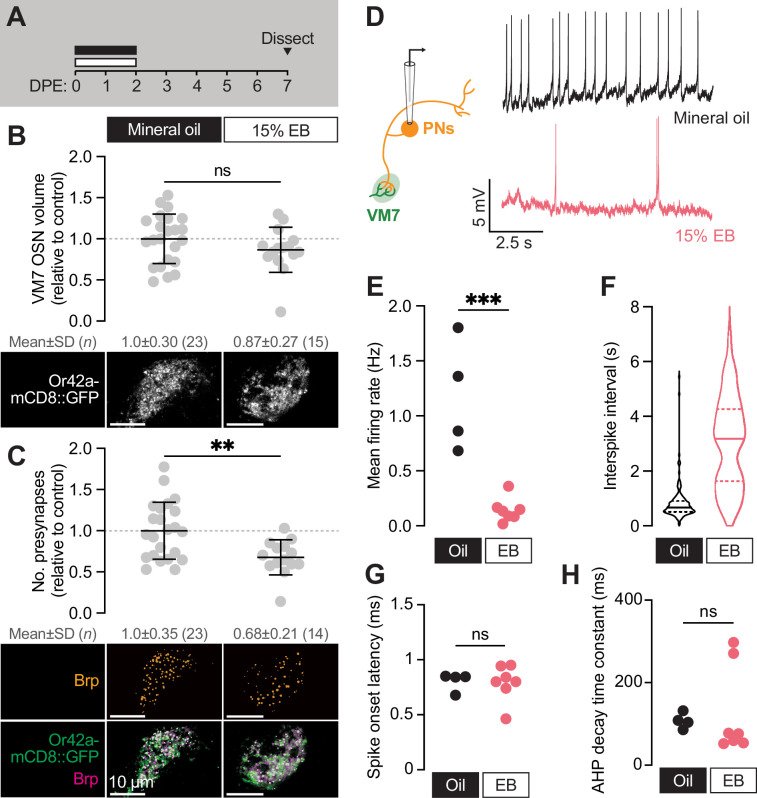Figure 3. The VM7 OSN-PN circuit does not recover from critical period pruning.
(A) Schematic of the odorant exposure paradigm used in (B–H). Flies were exposed to mineral oil or 15% EB during the critical period, then recovered without odorant until dissection at 7–8 DPE. (B) Representative MIPs (bottom) and volume measurements (top) of the Or42a-mCD8::GFP OSN terminal arbor in VM7. (C) Representative MIPs (bottom) and number of VM7 presynapses (top). Presynapses were visualized with nc82 anti-Brp staining. Data are mean ± SD. (D–H) Patch-clamp recordings of VM7 PNs from 7 to 8 DPE flies treated as in (A). (D) Schematic of patch-clamp recordings (left) and representative PN membrane potential traces (right), (E) spontaneous mean firing rate (Oil, 1.2±0.51; EB, 0.14±0.11), (F) interspike interval (ISI) events (Oil, 812.7±633.4; EB, 3027±1671), (G) spike onset latency (Oil, 0.80±0.084; EB, 0.79±0.16), and (H) afterhyperpolarization (AHP) decay time constant (Oil, 107.5±18.9; EB, 126.8±108.2). ns, not significant, **p<0.01, ***p<0.001, Mann-Whitney U-test. Genotypes, raw values, and detailed statistics are provided in Figure 3—source data 1.

